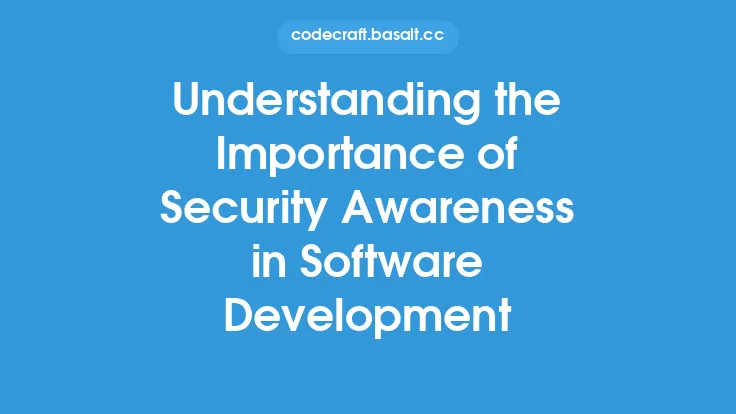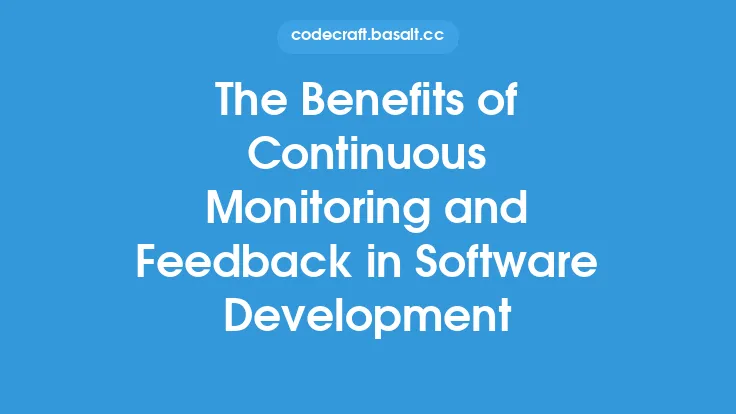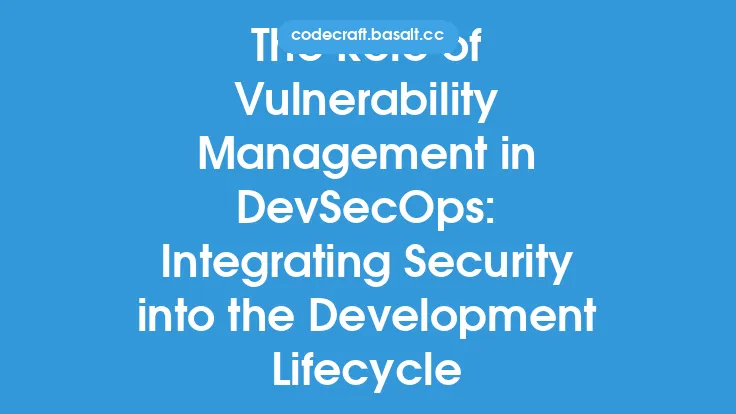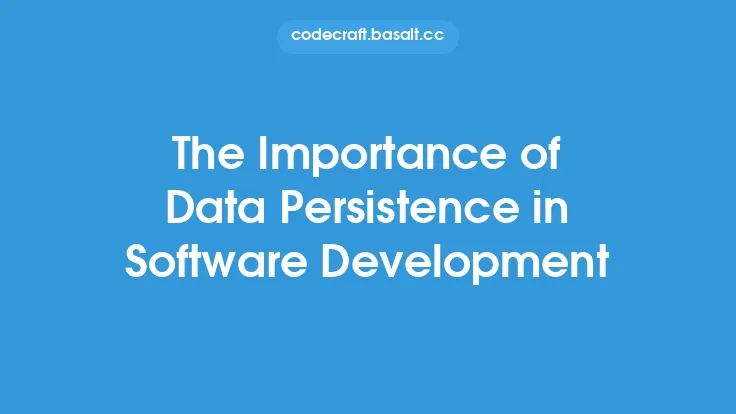In today's fast-paced and interconnected digital landscape, software development plays a crucial role in the functioning of businesses, governments, and individuals alike. As software applications become increasingly complex and ubiquitous, the potential attack surface for malicious actors expands, making the security of these applications a top priority. One of the most effective strategies for ensuring the security of software applications is through continuous vulnerability assessment. This process involves regularly scanning and testing software for vulnerabilities, which are weaknesses or flaws that could be exploited by attackers to gain unauthorized access, disrupt service, or steal sensitive information.
Introduction to Continuous Vulnerability Assessment
Continuous vulnerability assessment is an ongoing process that integrates into the software development lifecycle (SDLC) to identify and address vulnerabilities as early and as frequently as possible. Unlike traditional vulnerability assessment methods that might be conducted on an ad-hoc or periodic basis, continuous assessment leverages automation and integration with development tools to provide real-time or near-real-time feedback on the security posture of the software. This approach is particularly beneficial in agile development environments where code changes are frequent and rapid.
Benefits of Continuous Vulnerability Assessment
The benefits of incorporating continuous vulnerability assessment into the SDLC are multifaceted. Firstly, it enables development teams to identify and remediate vulnerabilities early in the development process, reducing the likelihood of these vulnerabilities making it into production environments where they could be exploited. Early detection and remediation also reduce the cost and complexity associated with fixing vulnerabilities later in the development cycle or after deployment. Additionally, continuous assessment helps in complying with regulatory requirements and industry standards that mandate regular security testing and vulnerability management practices.
Technical Aspects of Continuous Vulnerability Assessment
Technically, continuous vulnerability assessment can be achieved through various tools and methodologies. Static Application Security Testing (SAST) tools analyze source code for vulnerabilities without executing the code, while Dynamic Application Security Testing (DAST) tools test the application in a running state to identify vulnerabilities. Interactive Application Security Testing (IAST) combines elements of SAST and DAST, providing comprehensive insights into application security. Furthermore, tools like dependency checkers can identify vulnerabilities in third-party libraries and components used by the application, which is crucial given the widespread use of open-source components in modern software development.
Integration with Development Tools and Practices
Effective continuous vulnerability assessment requires seamless integration with existing development tools and practices. This includes integrating security testing tools with Continuous Integration/Continuous Deployment (CI/CD) pipelines, allowing for automated security testing with each code build or deployment. Additionally, integrating vulnerability assessment with issue tracking systems enables development teams to manage and prioritize vulnerabilities alongside other development tasks. This holistic approach ensures that security is not an afterthought but a fundamental aspect of the software development process.
Challenges and Considerations
While continuous vulnerability assessment offers significant benefits, there are challenges and considerations that organizations must address. One of the primary challenges is the potential for information overload, as continuous assessment can generate a large volume of vulnerability data. Effective prioritization and filtering mechanisms are necessary to ensure that development teams focus on the most critical vulnerabilities first. Another consideration is the need for skilled personnel who understand both development and security, as well as the potential impact on development speed and agility if not implemented thoughtfully.
Best Practices for Implementation
To implement continuous vulnerability assessment effectively, organizations should follow several best practices. Firstly, they should adopt a risk-based approach, focusing on the most critical components and data flows within the application. Secondly, automation should be leveraged wherever possible to minimize manual effort and ensure consistency. Thirdly, security testing should be integrated early into the SDLC to catch vulnerabilities as soon as they are introduced. Finally, continuous monitoring and feedback mechanisms should be established to ensure that vulnerabilities are addressed promptly and that the security posture of the application is continuously improving.
Conclusion
In conclusion, continuous vulnerability assessment is a critical component of modern software development, enabling organizations to proactively identify and address security weaknesses in their applications. By integrating vulnerability assessment into the SDLC, leveraging automation and best practices, and addressing the challenges associated with continuous assessment, organizations can significantly enhance the security of their software applications. As the digital landscape continues to evolve and the threat environment becomes increasingly sophisticated, the importance of continuous vulnerability assessment will only continue to grow, making it an indispensable practice for any organization developing software today.





